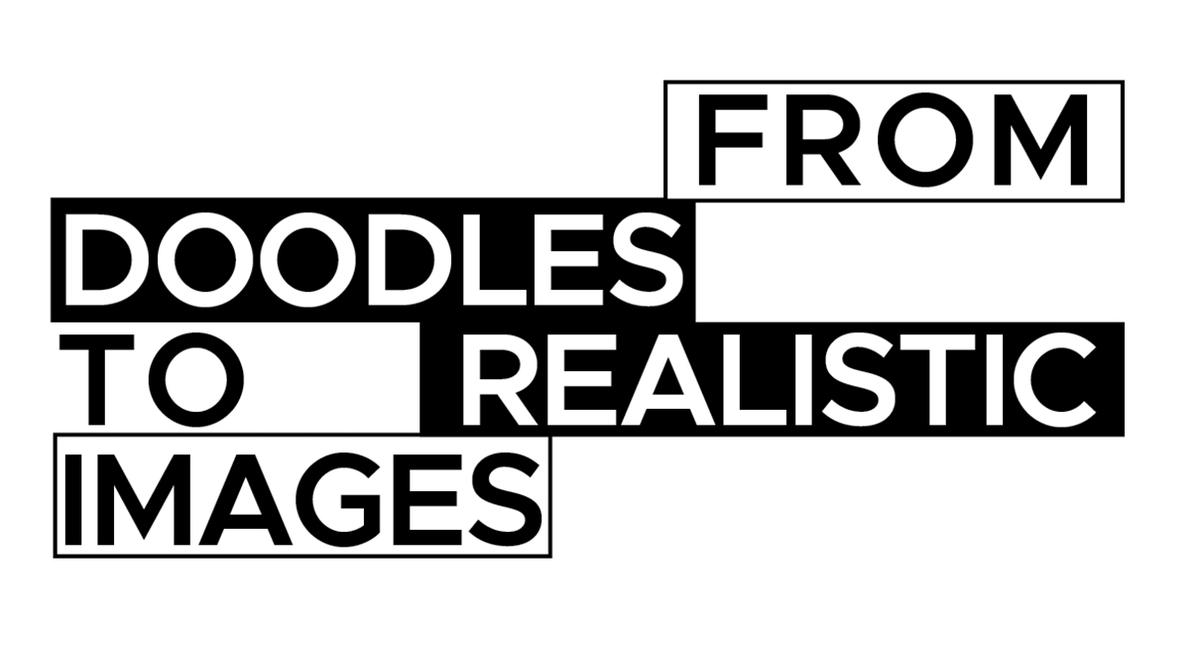The noise on AI has been getting louder in the past years. In this issue, we take a look at a strange AI system, straight out from the internet, that’s bound to give you either endless amusement or unforgiving nightmares.
In last month’s issue, we featured talented millennials that led an art revolution with their respective doodles. For this month, we take a look at an AI system that takes doodles in, and transforms them to strangely realistic looking images. Made by a series of collaborators that began the pix2pix project, the AI system is free for everyone to try. As a fair warning, the output can be hair-raisingly creepy.
AI machines just keep getting smarter and smarter as time pases; a sign that their intelligence may someday equate to ours, or even exceed. Perhaps the interesting point of observation here is their development how similar AI learning is from human learning. Following the track of how humans learn, AI machines are repeatedly exposed to information until its complex algorithms learn to recognize patterns.
The science behind those creepy yet strangely realistic outputs is machine learning, specifically conditional Generative Adversarial Networks (cGAN); after drawing your doodle, the machine generates an image based on characteristics recorded in its catalogue. Although users can easily try out the technology themselves and enjoy instant results within seconds, the code and the workflow behind it is anything but simple.
During the image-to-image translation, key elements in the AI system, the Generator and the Discriminator, perform necessary tasks for content creation. From a poor and simple drawing, the Generator performs its main task of transforming the image via its encoder-decoder structure. The discriminator, on the other hand, calculates for errors and inconsistencies in the the input image and compares it to the intended output. There’s more that goes on during this process, such convolution, compression, activation functions, and a series of encoding and decoding. An in-depth read on the technology behind the AI system is just as interesting as the image creations. For those interested, the paper, “Image-to-Image Translation with Conditional Adversarial Networks“ is available online at Cornell University’s Online Library.

There’s many you can do with the AI Image-to-image translation system. For nightmares, you can attempt to draw human doodles that translate to horrific images. For cuteness, with a dosage of terrifying distortion, you can draw cats. Other things you can draw are facades, shoes, and handbags. Definitely a must try, you can try out the amusing AI system at
https://affinelayer.com/pixsrv/
Also published in GADGETS MAGAZINE July 2017 Issue
Words by Gerry Gaviola
